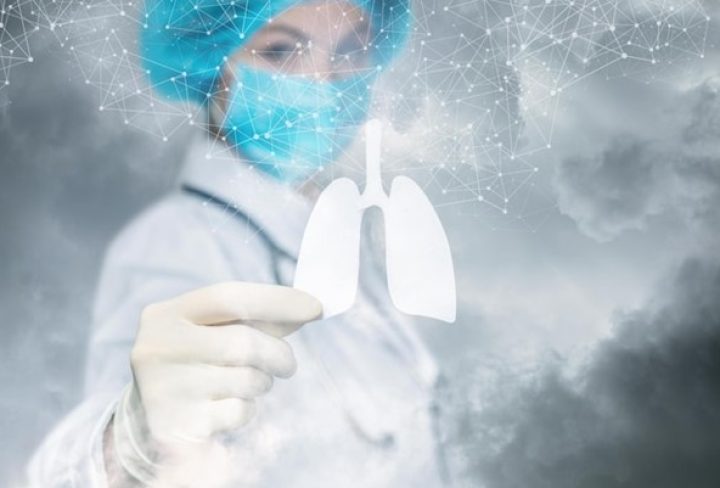Lung transplantation is a life-saving procedure performed for individuals with end-stage lung disease who have exhausted all other treatment options.
Lung Transplant: Why is it Done?
A lung transplant may be recommended for individuals with severe lung disease that significantly impairs their quality of life and is refractory to medical management. Common indications for lung transplantation include:
- Chronic Obstructive Pulmonary Disease (COPD): Severe COPD, including emphysema and chronic bronchitis, can lead to irreversible lung damage and respiratory failure, necessitating lung transplantation as a treatment option.
- Interstitial Lung Disease (ILD): Various forms of ILD, such as idiopathic pulmonary fibrosis (IPF), sarcoidosis, and connective tissue disease-associated ILD, can cause progressive scarring and fibrosis of the lung tissue, leading to respiratory failure and the need for transplantation.
- Cystic Fibrosis (CF): CF is a genetic disorder characterized by thick, sticky mucus that obstructs the airways and predisposes individuals to recurrent lung infections and respiratory complications. Lung transplantation may be considered for individuals with advanced CF-related lung disease.
- Pulmonary Hypertension: Severe pulmonary hypertension, characterized by elevated blood pressure in the pulmonary arteries, can lead to right heart failure and respiratory compromise, necessitating lung transplantation as a potential treatment option.
- Alpha-1 Antitrypsin Deficiency: Individuals with alpha-1 antitrypsin deficiency are at increased risk of developing emphysema and other respiratory complications due to deficiency of a specific protein that protects the lungs. Lung transplantation may be considered for individuals with advanced disease.
What Happens During a Lung Transplant?
The lung transplantation procedure typically involves the following steps:
- Preoperative Evaluation: Before undergoing lung transplantation, candidates undergo a comprehensive medical evaluation, including imaging studies, pulmonary function tests, and cardiac assessment, to determine eligibility and assess the risk-benefit ratio of the procedure.
- Donor Selection: Donor lungs are matched to recipients based on blood type, size compatibility, and other factors such as donor age, smoking history, and organ quality. The transplantation team coordinates the retrieval and transport of donor lungs to the transplant center.
- Surgery: The transplantation surgery is performed under general anesthesia, and the recipient’s diseased lungs are removed and replaced with the donor lungs. The surgical procedure may involve either a single lung transplant (unilateral) or a double lung transplant (bilateral), depending on the recipient’s condition and surgical considerations.
- Recovery: Following surgery, the recipient is transferred to the intensive care unit (ICU) for close monitoring and supportive care. Mechanical ventilation and other life-sustaining measures may be necessary initially, and medications to prevent organ rejection are initiated.
After Lung Transplant: When to Call Your Doctor?
After lung transplant surgery, recipients should be vigilant for signs of complications or rejection and contact their transplant team if they experience any of the following:
- Shortness of Breath: Persistent or worsening shortness of breath, cough, or difficulty breathing may indicate complications such as infection, rejection, or other respiratory issues and should be promptly evaluated by your transplant team.
- Fever: A fever may indicate infection, which can be particularly concerning for individuals with suppressed immune systems following transplantation. Contact your transplant team if you develop a fever above 100.4°F (38°C).
- Chest Pain: Chest pain or discomfort, especially if it is severe or accompanied by other symptoms such as shortness of breath or palpitations, may indicate cardiac issues or complications related to the surgery and should be reported to your transplant team.
- Signs of Rejection: Symptoms of organ rejection may include fatigue, weakness, flu-like symptoms, decreased appetite, or swelling and tenderness around the transplant site. Contact your transplant team immediately if you experience any signs of rejection.
- Medication Side Effects: Some medications used to prevent organ rejection may cause side effects such as nausea, vomiting, diarrhea, tremors, or changes in kidney function. Inform your transplant team if you experience any medication-related side effects.
Lung transplantation is a complex and life-changing procedure that offers hope and improved quality of life for individuals with end-stage lung disease. With proper care and monitoring, lung transplantation can provide a new lease on life for individuals with advanced lung disease.


